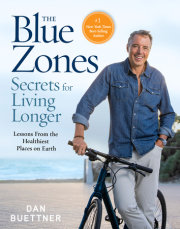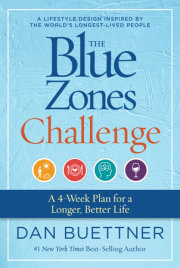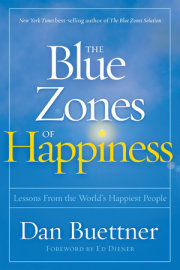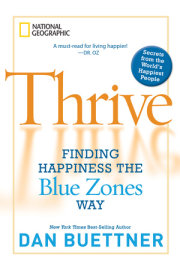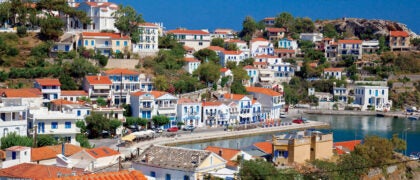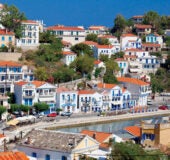When Juan Ponce de León landed on the northeast coast of Florida on April 2, 1513, he was searching, it’s been said, for a Fountain of Youth—a fabled spring of water that could bestow everlasting life. Historians now know there was more to the story. The reason the Spanish explorer set out to investigate lands north of the Bahamas was probably because Spain had reinstated Christopher Columbus’s son Diego as military governor, effectively removing Ponce de León from the office. Nevertheless, the legend behind Ponce de León’s voyage stuck.
The idea of discovering a magic source of long life still has so much appeal today, five centuries later, that charlatans and fools perpetuate the same boneheaded quest, whether it comes disguised as a pill, diet, or medical procedure. In an all-out effort to squash the charlatans forever, demographer S. Jay Olshansky of the University of Illinois at Chicago and more than 50 of the world’s top longevity experts issued a position statement in 2002 that was as blunt as they could fashion it.
“Our language on this matter must be unambiguous,” they wrote. “There are no lifestyle changes, surgical procedures, vitamins, antioxidants, hormones, or techniques of genetic engineering available today that have been demonstrated to influence the processes of aging.”
The brutal reality about aging is that it has only an accelerator pedal. We have yet to discover whether a brake exists for people. The name of the game is to keep from pushing the accelerator pedal so hard that we speed up the aging process. The average American, however, by living a fast and furious lifestyle, pushes that accelerator too hard and too much.
This book is about discovering the world’s best practices in health and longevity and putting them to work in our lives. Most of us have more control over how long we live than we think. In fact, experts say that if we adopted the right lifestyle, we could add at least ten good years and suffer a fraction of the diseases that kill us prematurely. This could mean an extra
quality decade of life!
To identify the secrets of longevity, our team of demographers, medical scientists, and journalists went straight to the best sources. We traveled to the Blue Zones—five of the healthiest corners of the globe—where a remarkably high rate of the longest-living people manage to avoid many of the diseases that kill Americans. These are the places where people enjoy up to a 3 times better chance of reaching 100 than we do.
In each of the Blue Zones, we used a survey developed in collaboration with the National Institute on Aging to identify the lifestyle components that help explain the area’s longevity—what the inhabitants choose to eat, how much physical activity they get, how they socialize, what traditional medicines they use, and so forth. We looked for the common denominators—the practices found in all five populations—and came up with what I consider to be a cross-cultural distillation of the best practices of health, a de facto formula for longevity.
Herein lies the premise of
The Blue Zones: If you can optimize your lifestyle, you may gain back an extra decade of good life you’d otherwise miss. What’s the best way to optimize your lifestyle? Emulate the practices we found in each one of the Blue Zones.
Copyright © 2012 by Dan Buettner. All rights reserved. No part of this excerpt may be reproduced or reprinted without permission in writing from the publisher.







